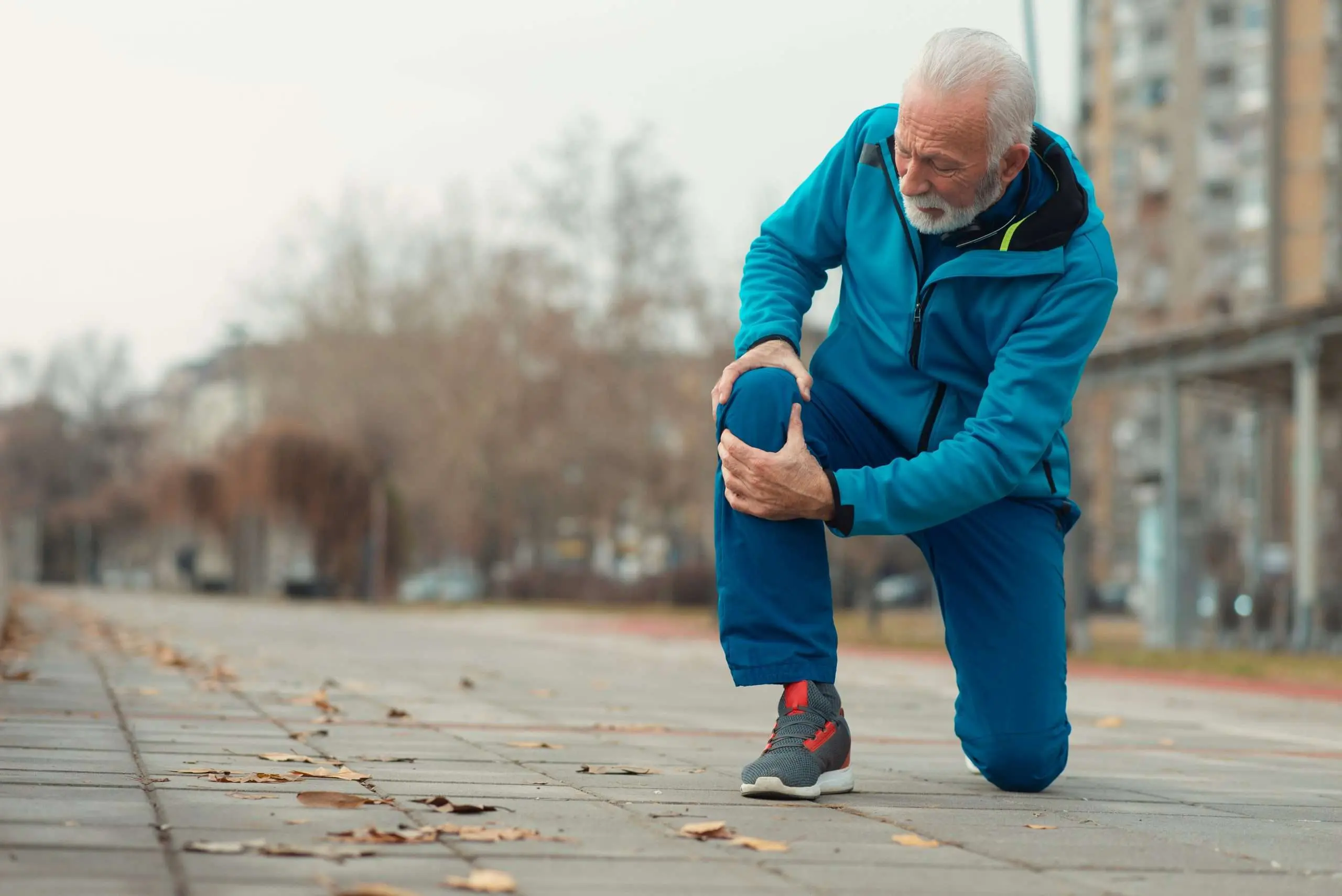
Joint wear and tear is commonly associated with aging, although it can also be caused by other factors.
Joint degeneration is a complex process that can be impacted by a mix of reasons.
However, when it comes to joint damage, a small set of pathologies account for the vast majority of instances recorded.
Let’s take a look at the most common causes of early joint wear and strain, as well as how they appear in daily life.
Osteoarthritis
Osteoarthritis, the most prevalent kind of arthritis, affects the whole joint, beginning with the deterioration of the cartilage that protects the bones.
The fluidity of bone contacts gradually decreases to the point that movement flexibility is hampered.
Osteoarthritis symptoms
Osteoarthritis produces symptoms that come and go at first. These symptoms do not persist till much later.
The following are some of the symptoms of osteoarthritis:
- Joint stiffness that develops after a period of inactivity
- Swelling around the joints that are impacted
- Routine mobility is becoming increasingly restricted.
- A grinding or clicking sensation when the joints are used
Causes and risk factors
The specific circumstances in which osteoarthritis develops are yet unknown.
However, there are a number of factors that might help it proceed more quickly:
- Aging
- A genetic predisposition
- Being overweight is a problem.
- The act of doing a professional activity or participating in a sport that places repetitive stress on the joints.
- Trauma or serious injury
- Flat or cavus feet
- Poor lower-limb alignment, such as valgus or varus knees
- Muscle deterioration
Preventative measures
There is currently no therapy for osteoarthritis that is entirely effective.
Certain preventative behaviors, on the other hand, can help to decrease its occurrence:
- Maintaining a healthy weight
- Practicing low-intensity physical activity such as swimming
- Choosing footwear that is tailored to the motions and morphology of the feet
- Putting in place a regimen of stretching and strengthening exercises
- The use of cold compresses to counteract inflammation
- Consultation with a podiatrist or physiotherapist in a clinical setting
The medical treatments
When the pain from osteoarthritis becomes unbearable, medical attention is required.
Following a diagnosis of osteoarthritis in the foot, a specialist like a podiatrist is likely to recommend the following treatment options:
- Non-steroidal anti-inflammatory drugs (NSAIDs)
- Ultrasound-guided cortisone injection
- Application of topical ointments to painful joints
- Therapeutic laser treatment
- Custom-made foot orthotics
- Viscosupplementation (hyaluronan injections)
Rheumatoid arthritis (rheumatism)
Rheumatoid arthritis, like osteoarthritis, causes early joint wear and tear. Rheumatoid arthritis, on the other hand, is triggered by an autoimmune inflammatory response.
Unlike osteoarthritis, rheumatoid arthritis affects many joints at the same time and spreads evenly on both sides of the body.
Rheumatoid arthritis signs and symptoms
Rheumatoid arthritis is comparable to osteoarthritis in its early stages.
Rheumatoid arthritis, on the other hand, can extend to additional joint structures in a matter of months.
The following symptoms are thus attributed to it:
- Increased pain upon waking and sleeping
- Swelling of the afflicted joints in a symmetrical pattern (edema)
- Rheumatoid nodules under the skin near the Achilles tendon and on the elbows and hands
- Disabling fatigue
- Weight loss
Rheumatoid arthritis symptoms that are not treated promptly might result in permanent joint damage.
They must be dealt with as quickly as possible.
Causes and people at risk
The exact causes of rheumatoid arthritis are unknown at this time.
The autoimmune nature of the disease, on the other hand, implies that hereditary factors may be to blame.
The following people are at an increased risk of getting rheumatoid arthritis:
- Women are 2 to 3 times more likely than males to be impacted
- Individuals in their forties and fifties
- Smokers are at a higher risk of developing even more severe symptoms
- Those who have a history of this type of arthritis in their family
Some preventative measures
Rheumatoid arthritis needs specific attention due to its severe nature.
Individuals at risk of developing this joint deterioration have many preventative options, in addition to early detection:
- Avoid abrupt movements and lifting heavy weights to protect your joints
- Avoid a sedentary lifestyle and opting for low-intensity sports like walking or cycling
- Regular stretching and flexibility exercises will help you retain joint mobility
- Consume a low sugar, well-balanced diet
Medical treatments
When prevention isn’t enough to keep rheumatoid arthritis at bay, medical professionals can prescribe therapies.
The treatment for rheumatoid arthritis is similar to the treatment for osteoarthritis.
Antirheumatic medications, on the other hand, can be added to the treatment plan to further postpone joint wear and strain.
When it comes to surgery, the interventions are focused on:
- Synovectomy, which aims to replace all or part of the synovial membrane eaten away by arthritis
- Arthrodesis of the hindfoot, which locks the joint by fixing two bones
- Complete replacement of problematic joints
PiedReseau – Learn more
Are you interested in learning more about joint wear? We give updates on this topic on a regular basis!
Despite the fact that the PiedReseau website contains a wealth of useful information, it is not a substitute for a genuine consultation with a podiatrist.
Take care of your feet, they’re precious!